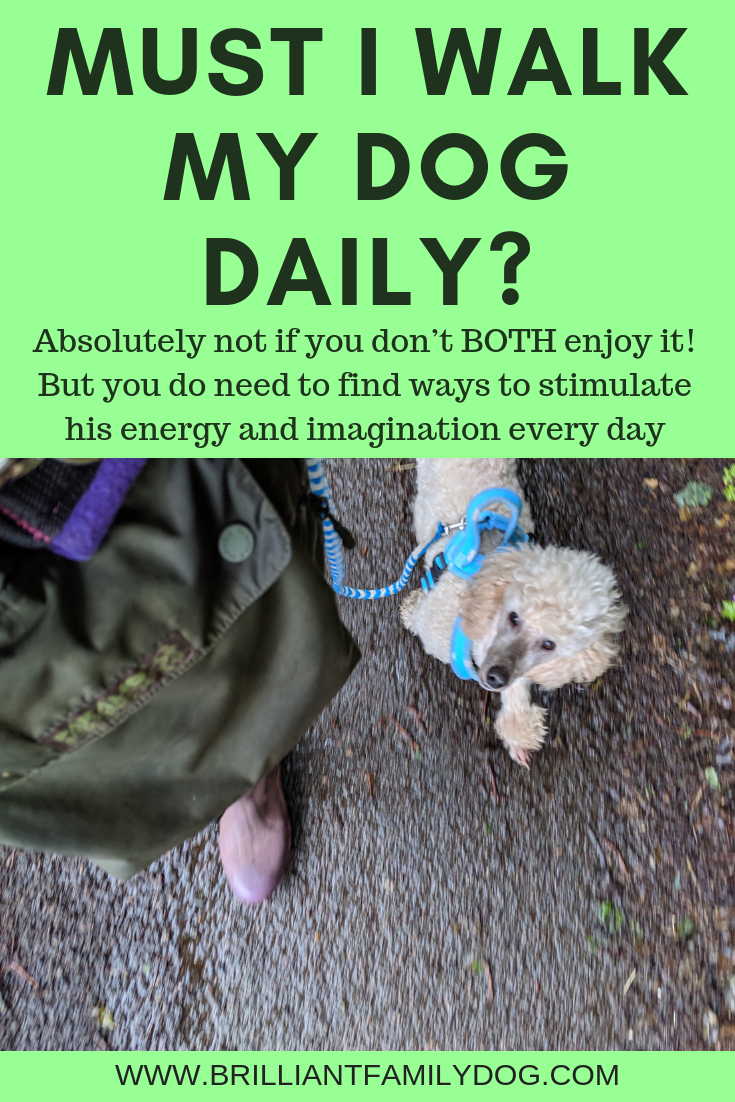Believe it or not, many folk think it’s their fault somehow that their dog is as he is. They blame themselves.
I suppose this is one step better than blaming the breeder, the shelter, the dog in the park, the thunderstorm, your family, your neighbour, or of course, your dog!
But how helpful is it to apportion blame at all - to anyone or anything? How will that move you from where you are to where you want to be?
Because blame is looking backwards.
Blame is trying to find a reason for something you don’t like so that you don’t need to feel responsible.
Blame is a way of dodging out of doing the work you need to do to help your anxious, shy, hyper, aggressive - Growly - dog.
I can’t tell you the number of times I’ve been told - as a fact - that someone’s dog became reactive after a particular incident. So naturally, then that incident is the cause, and there’s nothing they can do.
Is your dog throwing up more challenges than you anticipated? Watch our free Masterclass and find how to change things fast!
“A big dog went for him when he was a puppy.”
“A child on a scooter whooshed too close and frightened him.”
“A car crashed into our car.”
All these things are unfortunate - but they’re not terminal! And they may have just been the tipping point, rather than the cause. The time you started to notice your dog’s discomfort rather than the moment it actually started.
Jenny and Jasper
Jenny was utterly convinced that a single moment in time turned her happy-go-lucky one-year-old Jasper into a quivering wreck who was now afraid of everything. “This big black dog ran in and jumped on him and flattened him. He screamed. I screamed. The owner did nothing. I was too afraid to touch the other dog. No, he wasn’t injured. But I feel so guilty about it. I want my friendly puppy back.”
Now, this sort of thing happens to loads of dogs who shake it off and carry on unscathed. The difference here is that Jenny suddenly started paying attention to Jasper’s body language around other dogs, particularly large and/or black ones.
She picked up on signals she may have missed before. Signals that the big black dog read clearly!
She became overprotective - an understandable response - possibly making Jasper think that the world was a dangerous place and he’d better get in with a bark and a growl before it got him.
Without knowing how to manage these situations, she began - albeit unwittingly - to create them!
I do understand where Jenny was coming from. One thing she was overlooking was that at one year old, Jasper was leaving adolescence and puppyhood behind, and growing in to a more mature lifestage. It’s natural for dogs to stick to their own people. Playing with every dog they see is a juvenile behaviour, and Jasper was . . . growing up!
Also, it’s likely in our culture that Jasper had been neutered somewhere in the previous six months. This can be a huge confidence-sapper, which is one of many reasons why it’s best to leave it till later (if at all).
So the things that came together to spark an apparently new reactivity in Jasper, were actually part of a developmental path that he was already on.
It’s not my fault so it can’t be helped
Blaming the event was holding Jenny back from learning how to help Jasper enjoy life more. She felt that it was a fait accompli - that there was now nothing to be done.
How wrong can a person be?!!
There’s masses you can do.
And those in the know are actually doing these things from as soon as they get their puppy or dog in the first place. Teaching them the world is a good place, that they are safe, that together they can cope.
There are strategies and techniques Jenny was able to start on to make walks fun again. Strategies and techniques we’d love to teach you, so you can make your walks fun too.
Start by looking at all the things you LOVE about your life and your dog. Dismiss any thoughts of past events with a “Thank you, but that’s not important right now.”
Think of where you can move forward with a plan.
No plan? Sign up to our free e-course for understanding your Growly Dog and how to start the change.






